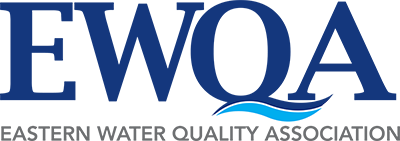Do you know what information to have available when your water treatment is failing, and you need help troubleshooting? Whether you’re a homeowner, water treatment dealer or distributor; calling the Original Equipment Manufacturer (OEM) is a common first stop source for information. Some of the most important information you will need before calling is surprisingly easy to attain.
The first thing to know is the OEM wants you to feel comfortable with their equipment, industry education is a top priority. Second, know what your question is before you call. Are you calling for sales and service? Technical Support? Account inquiries? Try to be clear about the purpose of the call upon your first greeting. This prepares the reception party to either redirect you to the proper department or prepare technical documents to help assist you.
Gathering the most information about your unit before your call can improve the efficiency of troubleshooting with your OEM. Some information that is important is whether you are a dealer or if you purchased the equipment from a dealer or distributor. The model and serial number of your equipment are crucial to provide as well. Finally, acknowledging if other equipment is also installed with the equipment you are calling about such as, filters, softeners, chemical pumps, etc.
When providing purchase and installer information it gives the OEM information about local regulations, or who to call for service and parts. If your equipment is out of service, this information can provide insight into what approximate lead times for receiving replacement parts could be.
Once providing the model number, the type of equipment that you’re inquiring about can be identified.
The serial number is an indication of any manufacture date code or commonly known problems associated with your specific product. The serial number will include any known discontinued products, manufacture dates (which are essential for any warranty validation), or which generation you have if the product design has been improved or modified over time.
Model and serial numbers are usually intended to be found easily for this purpose. Some common places to look would be on the neck of the valve, under a cover, on the main chamber or tank. It’s best to be prepared if you’re unsure of which number is a model number, serial number or an irrelevant number and write down or take a photo of everything you see.
When the OEM is aware of other water treatment equipment installed this can provide valuable information about whether your equipment requires pre-treated water. Having a current water analysis available is also valuable. When other equipment is in sequence and applied inappropriately, backpressure, and pressure loss can be created. Finally, if the OEM knows what other equipment is installed, they will be able to describe how the water quality could be affecting your equipment.

In conclusion, if you are unable to gather all of this information, that’s OK! The OEM’s want you to learn about the equipment so, they will try their best to help troubleshoot with what information you are able to provide. Photos can also be incredibly helpful! While you are in contact with an OEM representative some additional things that may be helpful to ask for are: relevant service part numbers for your equipment (commonly replaced parts), installation manuals, and in the instance of future troubleshooting or writing a review of your experience with the name of the representative you spoke with.

